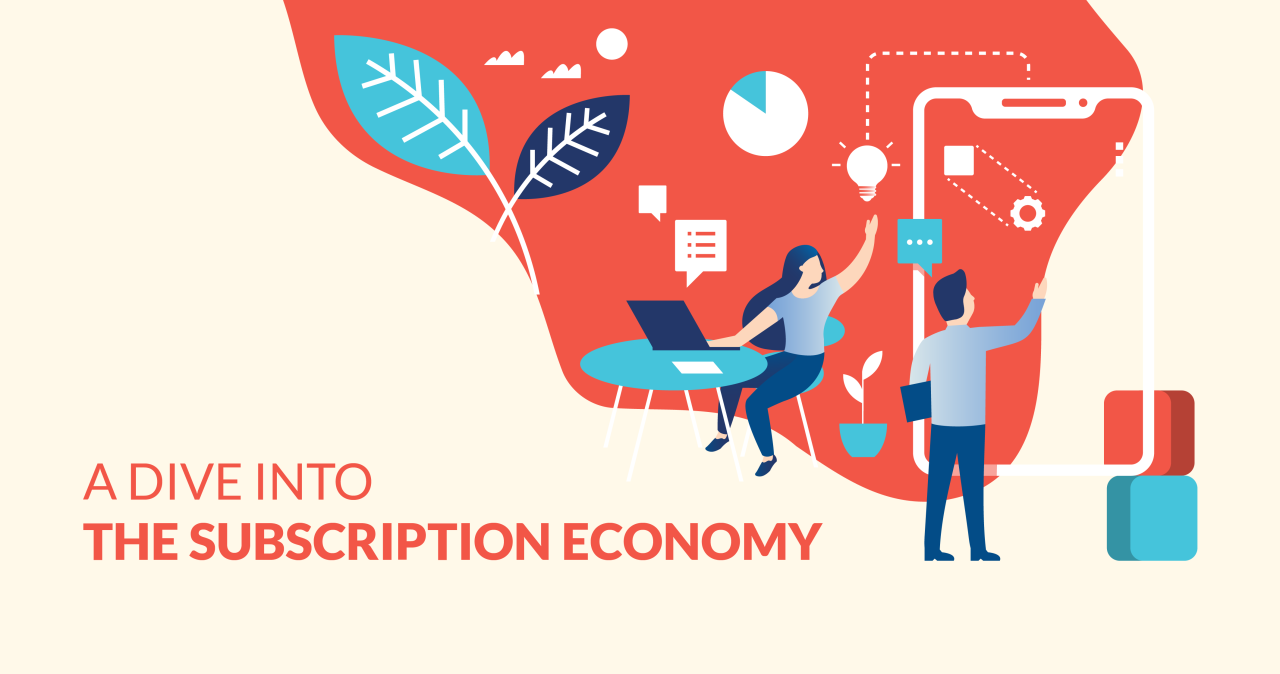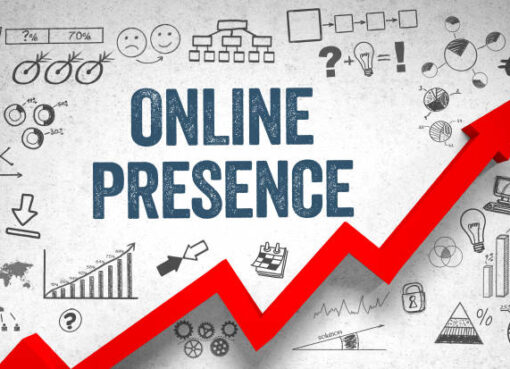The Subscription Economy’s Trends and Opportunities for Subscription-Based Businesses

Introduction
In today’s digital age, the way consumers access and consume products and services is undergoing a profound transformation. The rise of the subscription economy has disrupted traditional business models, offering consumers convenient access to a wide range of products and services through subscription-based models. From streaming services and meal kits to software-as-a-service (SaaS) platforms and subscription boxes, the subscription economy has created new opportunities for businesses to engage customers, drive recurring revenue, and foster long-term loyalty. In this article, we’ll explore the latest trends shaping the subscription economy and the opportunities it presents for subscription-based businesses to thrive in an increasingly competitive market landscape.
The Subscription Economy: A Paradigm Shift in Consumer Behavior
The subscription economy represents a fundamental shift in consumer behavior, driven by changing preferences, advancements in technology, and the desire for convenience and personalization. Instead of owning products outright, consumers are increasingly opting for subscription-based models that offer access to goods and services on a recurring basis. This shift has been fueled by several key factors:
Convenience and Flexibility:
Subscription services offer consumers the convenience of access to products and services without the commitment of ownership. From streaming movies and music to receiving curated boxes of products tailored to their interests, consumers appreciate the flexibility and ease of subscription-based offerings.
Cost-Effective Solutions:
For many consumers, subscribing to a service can be more cost-effective than purchasing individual products or services outright. Subscription models often provide value-added benefits such as discounted pricing, bundled offerings, and exclusive perks, making them an attractive option for budget-conscious consumers.
Personalization and Curation:
Subscription-based businesses leverage data analytics and algorithms to tailor offerings to individual preferences and tastes. Whether it’s recommending personalized playlists on a music streaming service or curating a selection of beauty products based on a customer’s skincare needs, personalization enhances the customer experience and fosters loyalty.
Continuous Engagement and Relationship Building:
By establishing ongoing relationships with customers, subscription-based businesses have the opportunity to continuously engage with their audience, gather feedback, and adapt offerings based on evolving needs and preferences. This ongoing dialogue helps build trust and loyalty, driving long-term customer retention and lifetime value.
Trends Shaping the Subscription Economy
The subscription economy is a dynamic and rapidly evolving landscape, driven by shifting consumer behaviors, technological advancements, and market trends. Understanding these trends is essential for subscription-based businesses to stay competitive and capitalize on emerging opportunities. Here are some key trends shaping the subscription economy:
Diversification of Subscription Offerings:
As the subscription economy continues to mature, businesses are diversifying their offerings to cater to a wide range of consumer needs and preferences. From niche subscription boxes catering to specific interests and hobbies to comprehensive subscription services offering access to multiple products and services, diversification enables businesses to appeal to a broader audience and capture market share.
Hybrid Subscription Models:
Increasingly, businesses are adopting hybrid subscription models that combine elements of both subscription and traditional retail. For example, some subscription-based businesses offer the option to purchase individual products in addition to subscribing to regular deliveries, giving customers the flexibility to choose the purchasing method that best suits their needs.
Subscription Aggregation Platforms:
With the proliferation of subscription services across various industries, subscription aggregation platforms have emerged to help consumers manage and organize their subscriptions more effectively. These platforms provide a centralized hub where users can track their subscriptions, manage payments, and discover new services, streamlining the subscription experience and reducing subscription fatigue.
Vertical Integration and Brand Extensions:
To enhance the customer experience and capture additional revenue streams, many subscription-based businesses are vertically integrating their operations and expanding into adjacent product or service categories. By offering complementary products or services under the same brand umbrella, businesses can leverage existing customer relationships and cross-promote offerings, driving customer engagement and loyalty.
Sustainability and Ethical Consumption:
With growing awareness of environmental and social issues, consumers are increasingly seeking out sustainable and ethically sourced products and services. Subscription-based businesses are responding to this demand by incorporating sustainability into their offerings, whether through eco-friendly packaging, carbon-neutral operations, or partnerships with ethical suppliers. By aligning with consumer values, businesses can differentiate themselves in the market and attract socially conscious customers.
Data Privacy and Security:
As subscription-based businesses collect and store vast amounts of customer data, ensuring data privacy and security is paramount. With increased scrutiny from regulators and growing concerns around data breaches and cyber threats, businesses must prioritize data protection and implement robust security measures to safeguard customer information and maintain trust.
Opportunities for Subscription-Based Businesses
Amidst the evolving landscape of the subscription economy, there are numerous opportunities for subscription-based businesses to innovate, grow, and thrive. By embracing emerging trends and capitalizing on shifting consumer behaviors, businesses can position themselves for success in an increasingly competitive market. Here are some key opportunities for subscription-based businesses:
Niche Market Penetration:
By identifying underserved niche markets and catering to specific interests, hobbies, or demographics, subscription-based businesses can carve out a unique niche and establish themselves as leaders in their respective industries. Whether targeting enthusiasts of a particular hobby, fans of a specific genre, or consumers with specialized dietary preferences, niche subscription offerings can attract passionate and loyal customers.
Value-Added Services and Experiences:
In addition to offering tangible products, subscription-based businesses can differentiate themselves by providing value-added services and experiences that enhance the overall customer experience. Whether it’s offering personalized recommendations, hosting exclusive events or workshops, or providing access to premium content or services, businesses can create additional value for subscribers and foster deeper engagement and loyalty.
Global Expansion and Market Reach:
With the proliferation of digital technology and the increasing interconnectedness of global markets, subscription-based businesses have the opportunity to expand their reach and target audiences beyond their local markets. By leveraging e-commerce platforms, digital marketing channels, and global distribution networks, businesses can reach customers worldwide and tap into new growth opportunities in international markets.
Continuous Innovation and Iteration:
To stay competitive in the fast-paced world of the subscription economy, businesses must prioritize continuous innovation and iteration. By soliciting feedback from customers, monitoring market trends, and experimenting with new features, products, and services, businesses can stay ahead of the curve and adapt to evolving consumer preferences and demands.
Collaboration and Partnerships:
Collaboration and partnerships offer opportunities for subscription-based businesses to expand their offerings, reach new audiences, and enhance their value proposition. Whether through strategic alliances with complementary businesses, co-branded collaborations with influencers or celebrities, or affiliate marketing partnerships with online platforms, businesses can leverage the strengths and resources of their partners to drive mutual growth and success.
Community Building and Engagement:
Building a strong sense of community and fostering meaningful connections among subscribers can drive customer loyalty and retention. Subscription-based businesses can create online forums, social media groups, or offline events where subscribers can connect with like-minded individuals, share experiences, and provide feedback. By nurturing a sense of belonging and camaraderie, businesses can cultivate a loyal and dedicated customer base.
Conclusion
The subscription economy represents a paradigm shift in consumer behavior, driven by changing preferences, technological advancements, and the desire for convenience and personalization. Subscription-based businesses have the opportunity to capitalize on this trend by offering innovative and compelling offerings that meet the evolving needs and preferences of today’s consumers. By embracing emerging trends, prioritizing customer engagement, and continuously innovating, subscription-based businesses can position themselves for long-term success and thrive in an increasingly competitive market landscape. As the subscription economy continues to evolve, businesses that stay agile, customer-focused, and responsive to market dynamics will be well-positioned to ride the wave of this transformative trend and unlock new opportunities for growth and innovation.


